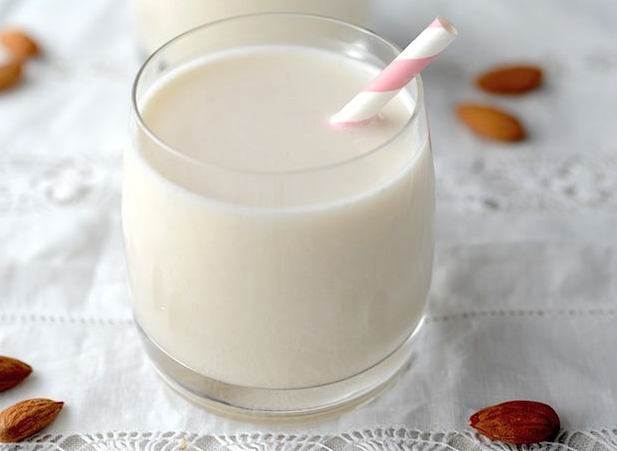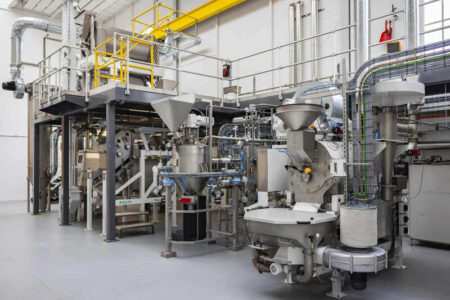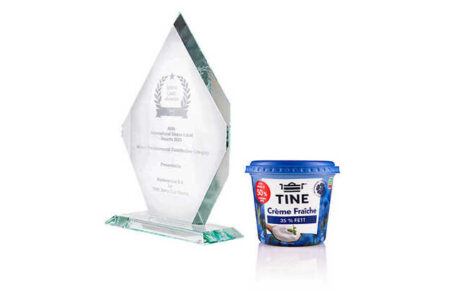Non-dairy drinks market expands

While dairy alternative drinks account for a relatively limited 6% share of total global dairy launches recorded by Innova Market Insights in 2015, the market has seen ongoing penetration outside its more traditional Asian market. This is reflected in the static launch numbers for the region over the past five years, while rising activity in Europe has taken its global share up from 30% to 38%.
Lu Ann Williams, director of innovation at Innova Market Insights, explains, “The non-dairy milk drinks market has seen considerable development in recent years in the light of rising interest in lactose and dairy free options. Its initial spread from traditional markets in Asia to the west was via specialist health food outlets, but in recent years it has moved more squarely into the mainstream and grown beyond its reliance on soy to a whole range of other plant based foods, led by nuts and grains.”
Soy milks traditionally dominated the sector and still featured in over 60% of dairy alternative drinks launches globally in 2015, either as a main or secondary ingredient, although this has fallen from nearly three quarters in 2011. Almond milks, which have seen dynamic growth in recent years, have increased their share to feature in over 28% of launches, ahead of rice, coconut and oat milks.
The other notable feature of market development has been the stronger move of dairy alternative drinks out of the white milks sub-category and into flavoured variants, with increasingly upmarket and complex flavours and blends in line with the milk drinks market as a whole. Also in line with the milks market as a whole, there has been a strong move into fashionable milk-based coffee drinks.
Soy milk has traditionally been marketed on its health benefits and its newer, plant based competition has continued this trend. Over 90% of dairy alternative drinks launched in 2015 were marketed on a health platform of some kind.
The most popular individual claim was lactose free, used on over 47% of introductions, up from about one third in 2011. Natural and no additives/preservatives claims were used on 36% of launches, rising to nearly 64% if organic claims are also included.
“The dairy alternative drinks market is booming and further growth is expected with growing interest in dairy free and lactose free products as a lifestyle choice, rather than simply an option for those with allergies and intolerances.
“In the move to offer something new, we are also starting to see not only a wide variety of increasingly sophisticated flavour options, but also blends of milks from different sources,” Williams concludes.



